Range hood and makeup air
yuanzhou19
9 years ago
Related Stories

5 Stunning Modern Range Hoods
Today's kitchen range hoods can look like sleek sculptures. Here's what to look for when you go shopping for one
Full Story
KITCHEN APPLIANCESWhat to Consider When Adding a Range Hood
Get to know the types, styles and why you may want to skip a hood altogether
Full Story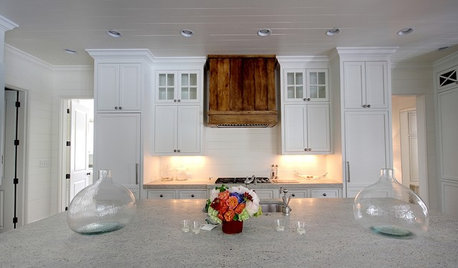
KITCHEN DESIGNWood Range Hoods Naturally Fit Kitchen Style
Bring warmth and beauty into the heart of your home with a range hood crafted from nature's bounty
Full Story
KITCHEN DESIGNHow to Choose the Right Hood Fan for Your Kitchen
Keep your kitchen clean and your home's air fresh by understanding all the options for ventilating via a hood fan
Full Story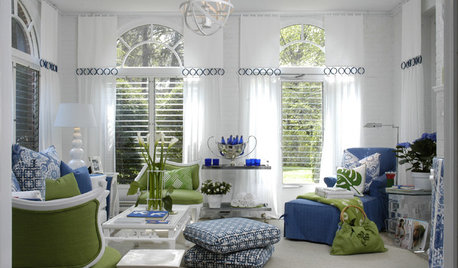
DECORATING GUIDES12 Ways to Cool Your Home Without Air Conditioning
If your summer energy bill is leaving you hot under the collar, consider these savvy alternate strategies for cooling down
Full Story
KITCHEN DESIGNWhat to Know When Choosing a Range Hood
Find out the types of kitchen range hoods available and the options for customized units
Full Story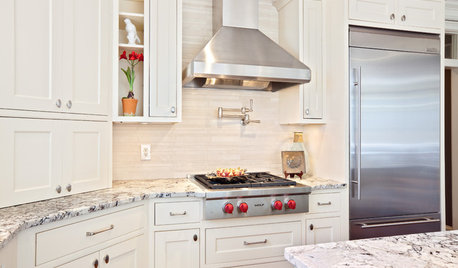
KITCHEN DESIGNHome Above the Range: Smart Uses for Cooktop Space
With pot fillers, shelves, racks and more, you can get the most function out of the space above your kitchen range
Full Story
KITCHEN DESIGNHow to Find the Right Range for Your Kitchen
Range style is mostly a matter of personal taste. This full course of possibilities can help you find the right appliance to match yours
Full Story
HOUSEKEEPINGHow to Clean Your Range and Oven
Experts serve up advice on caring for these kitchen appliances, which work extra hard during the holidays
Full Story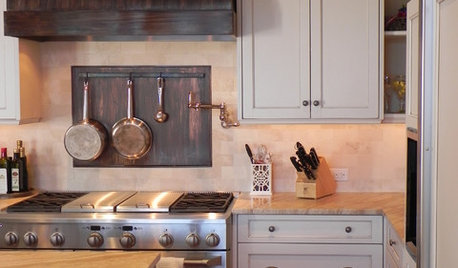
KITCHEN BACKSPLASHESKitchen Confidential: 8 Options for Your Range Backsplash
Find the perfect style and material for your backsplash focal point
Full Story






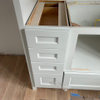
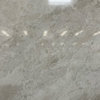
speaktodeek
yuanzhou19Original Author
Related Professionals
Newington Kitchen & Bathroom Designers · Piedmont Kitchen & Bathroom Designers · Williamstown Kitchen & Bathroom Designers · Martha Lake Kitchen & Bathroom Remodelers · Turlock Kitchen & Bathroom Remodelers · Warren Kitchen & Bathroom Remodelers · West Palm Beach Kitchen & Bathroom Remodelers · Winchester Kitchen & Bathroom Remodelers · Westminster Kitchen & Bathroom Remodelers · Homer Glen Cabinets & Cabinetry · Lakeside Cabinets & Cabinetry · Murray Cabinets & Cabinetry · Norfolk Cabinets & Cabinetry · Roanoke Cabinets & Cabinetry · Mill Valley Tile and Stone Contractors